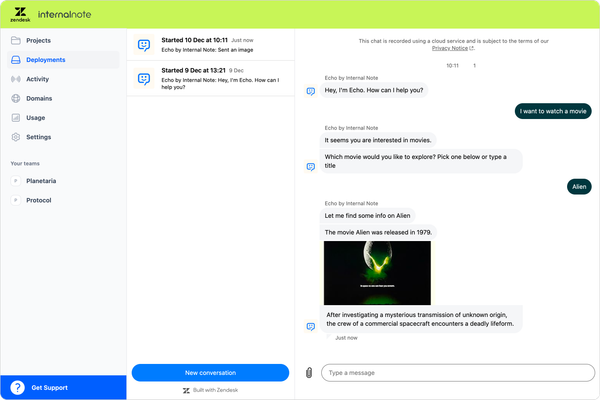
Moving Toward Value-Added Conversations in Zendesk
Not all tickets are equal. Some are simple and repetitive, others complex but strategic. Zendesk’s AI tools help map automation effort to business value — automating FAQs, guiding tasks, integrating live data, and supporting high-value human-led conversations where it counts most.
Most support teams handle hundreds — sometimes thousands — of conversations every week. Some are quick-fire questions like “What are your business hours?” Others require more detail, such as guiding a customer through a return. And a few are truly strategic — like retaining a high-value customer or resolving a complex issue that spans multiple systems or conversations that lead to upsell, subscription renewal or other value driven interactions.
What’s often overlooked is that not all tickets are equal — in effort or in impact.
Some conversations are simple and repetitive, making them ideal candidates for automation. Others are more complex but still follow predictable patterns and can be handled by guided workflows or AI-driven flows. And then there are tickets that demand a human touch, not because they’re inefficient to automate, but because they carry real business value.
Zendesk’s AI-powered platform helps you map the right level of automation to the right kind of conversation. It’s not just about replacing humans — it’s about focusing your team where they matter most, while letting automation handle the rest.
In this article, we’ll walk through four types of support tickets, each increasing in both complexity to automate and strategic value to the business:

- Instant answers powered by generative AI
- Guided flows that help customers complete complex tasks
- Connected conversations enriched with external data
- Strategic tickets where humans add real business value
For each one, we’ll cover:
- What the scenario looks like
- Why it matters
- How to implement it in Zendesk and what tools (AI Agent, Copilot, apps, APIs) you’ll need
The end goal? Fewer tickets handled manually, more time spent on what matters — and a support team that delivers real, measurable impact.
Let’s walk through the full automation journey — from FAQs to high-value engagement.
Instant Answers
Low-Complexity Automation with Generative AI
Scenario
For some questions you just don’t need a human agent. They are one-touch responses that can be handled with a single response to a customers' question.
For example:
- “How do I reboot my device?”
- “Do you ship to Germany?”
These are simple, high-frequency inquiries that appear in every support inbox — and they’re perfect candidates for automation.
Solution
To resolve these question you can leverage a Zendesk AI Agent with Generative Replies to handle these low-effort interactions automatically.
Instead of routing these to agents, Zendesk pulls answers directly from your Help Center or website and responds on your behalf — instantly. The AI Agent responds in natural language, tailored to the customer’s question and allows for follow-up questions by the customer to get a more nuanced answer for their specific problem.
And naturally, these should includes fallback options when no answer is found, in the form of clarification or, worst case, escalation.
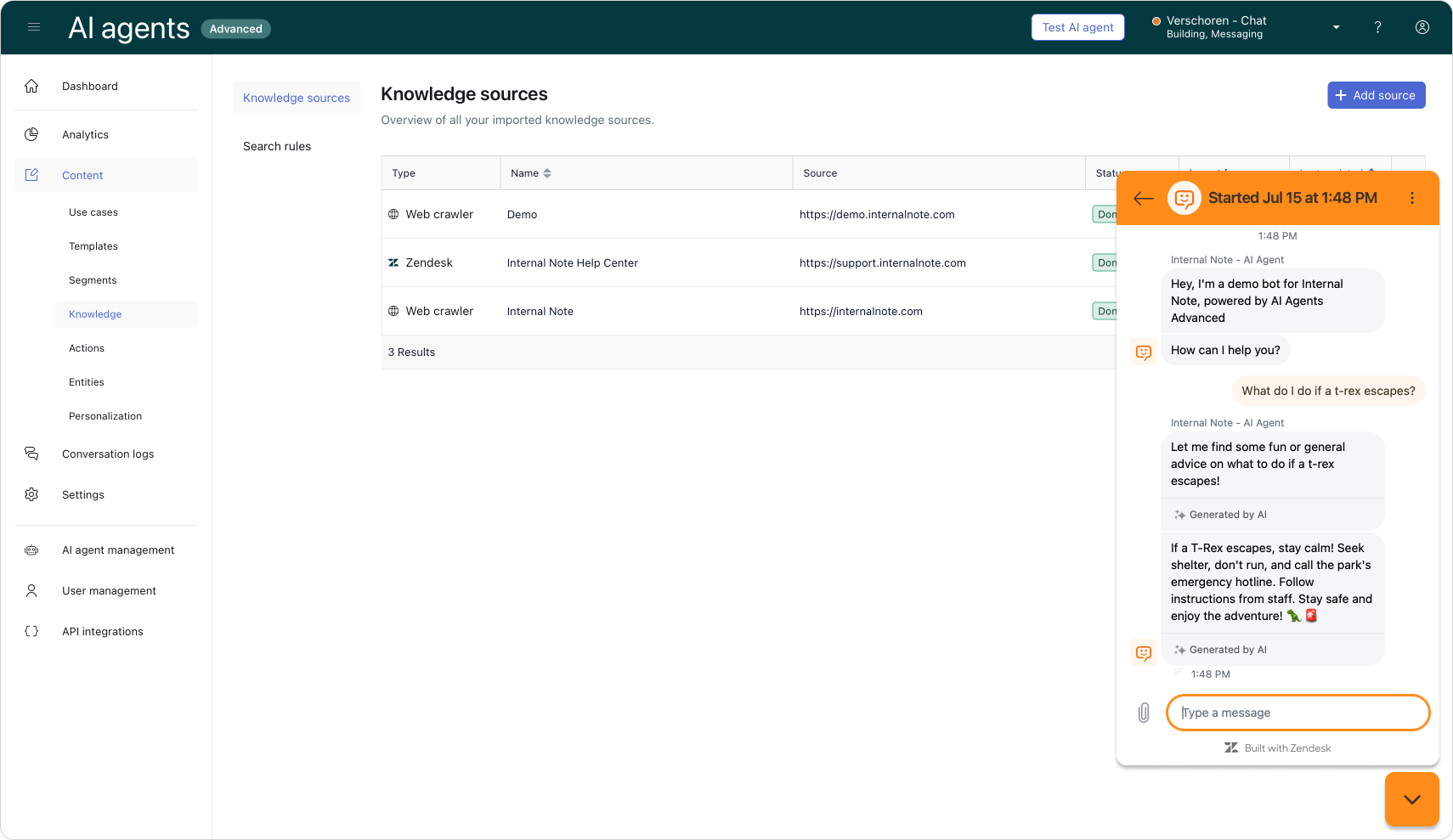
Why This Works
Single touch questions that can be handled with "just" documentation are easy to implement thanks to modern LLMs. The impact for customer is also high since they get instance responses 24/7, while wrong answers have a fairly low risk.
While it is import to answer correctly, in case of doubt a customer (or the AI Agent) can always escalate, and documentation can be update with less effort than compared to reworking entire procedures across systems.
When you look at your incoming tickets, you’ll likely spot a cluster of one-touch questions—each covering a different topic. These constant context switches take a toll on agents, so removing them from the queue can make a noticeable difference. The good news? Many of these questions can be answered with existing help articles, making them ideal candidates for automation. They’re easy to scale and free up agents to focus on more complex, high-value inquiries.
How to Implement
Generative replies to customer inquiries is available in the form of AI Agents Essentials and Advanced. You can enable AI Agent Essentials in your Admin Center with only a few clicks, leveraging the existing Help Center content you probably already have.
I would recommend checking the Analytics dashboards for the Help Center first to make sure you are currently at least handling your top ten search inquiries.
If you want more sources than just the Help Center, it's worth upgrading to AI Agents Advanced to take advantage of the additional knowledge source supported like public website crawling and CSV import.
Additional Information
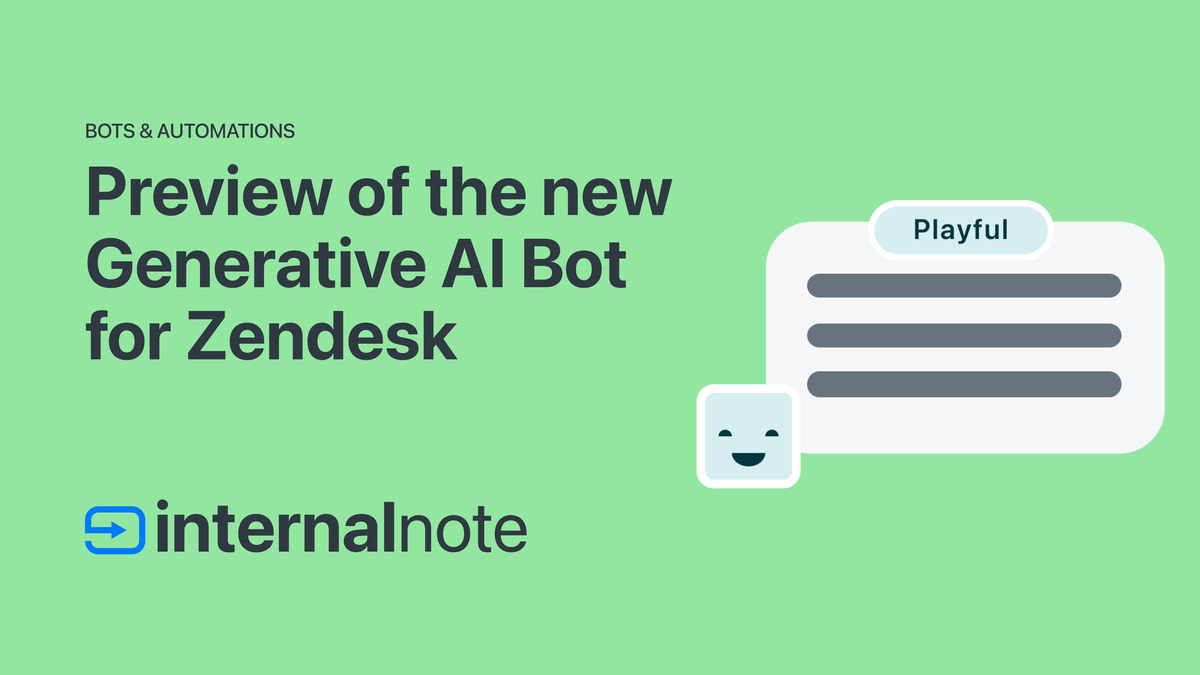
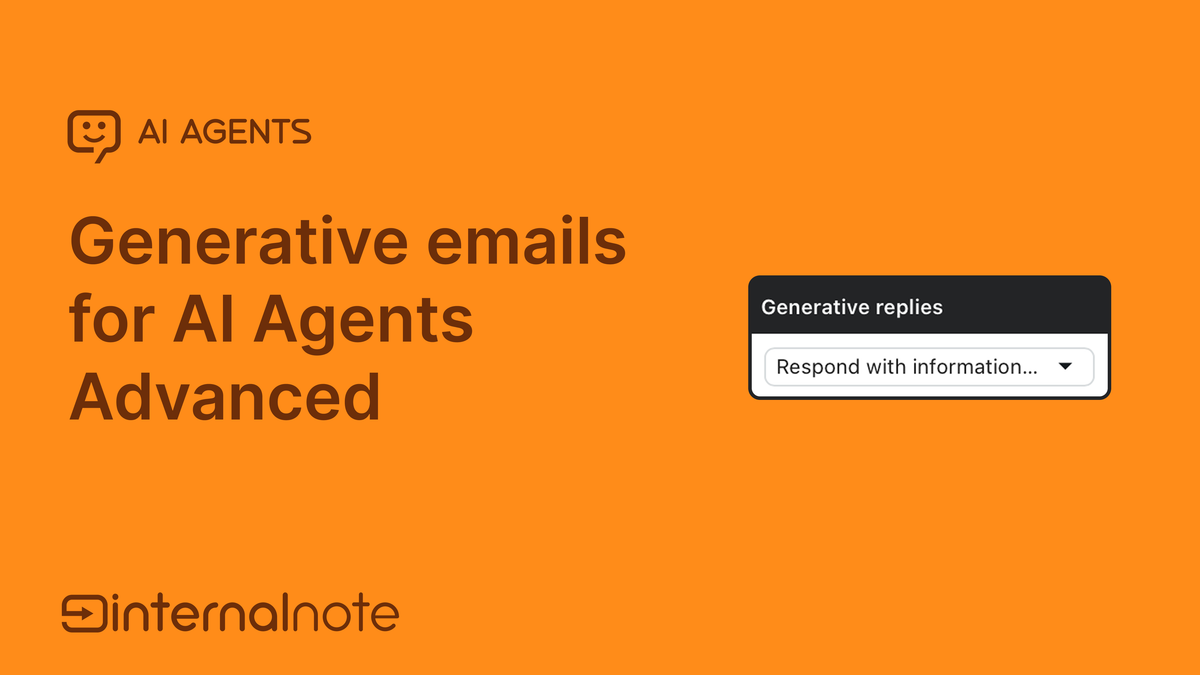
Guided Flows
Medium-Complexity Automation with AI Agent Advanced
Scenario
While some questions can be handled with a single answers, others can't since they require a bit more context.
Imagine a customer wants to return a product, but:
- The return process depends on their country.
- The product type affects return eligibility.
- The user is a guest, so their order number must be collected first.
This isn’t a one-liner answer — it’s a guided journey. While you can answer these questions with generative responses, the customer might need to rephrase their questions a few times to get the right answer, or they might need to ask a few follow-up questions. And even though this works, we're putting the burden on the customer, where we could easily assist them with getting their question answered.
Solution
We can leverage use cases and procedures in AI Agent Advanced to guide users step by step.
Our use case detects the Return intent, and starts our return procedure.
The AI asks for required context like country, product, user status and leads the customer to a resolution or hands off to an agent if needed.
Where previously we would have build such logic with dialogue flows and big logical decision trees, we can now wrap all this logic in procedures that dynamically adapt to the customer.
If a customer asks for shipping information, we can ask for the context. And if they ask for shipping conditions to Germany and provide the product or order number immediately, the AI Agent will skip those questions and immediately provide an answer.
The customer no longer needs to rephrase their question, and gets the right answer with the right context.
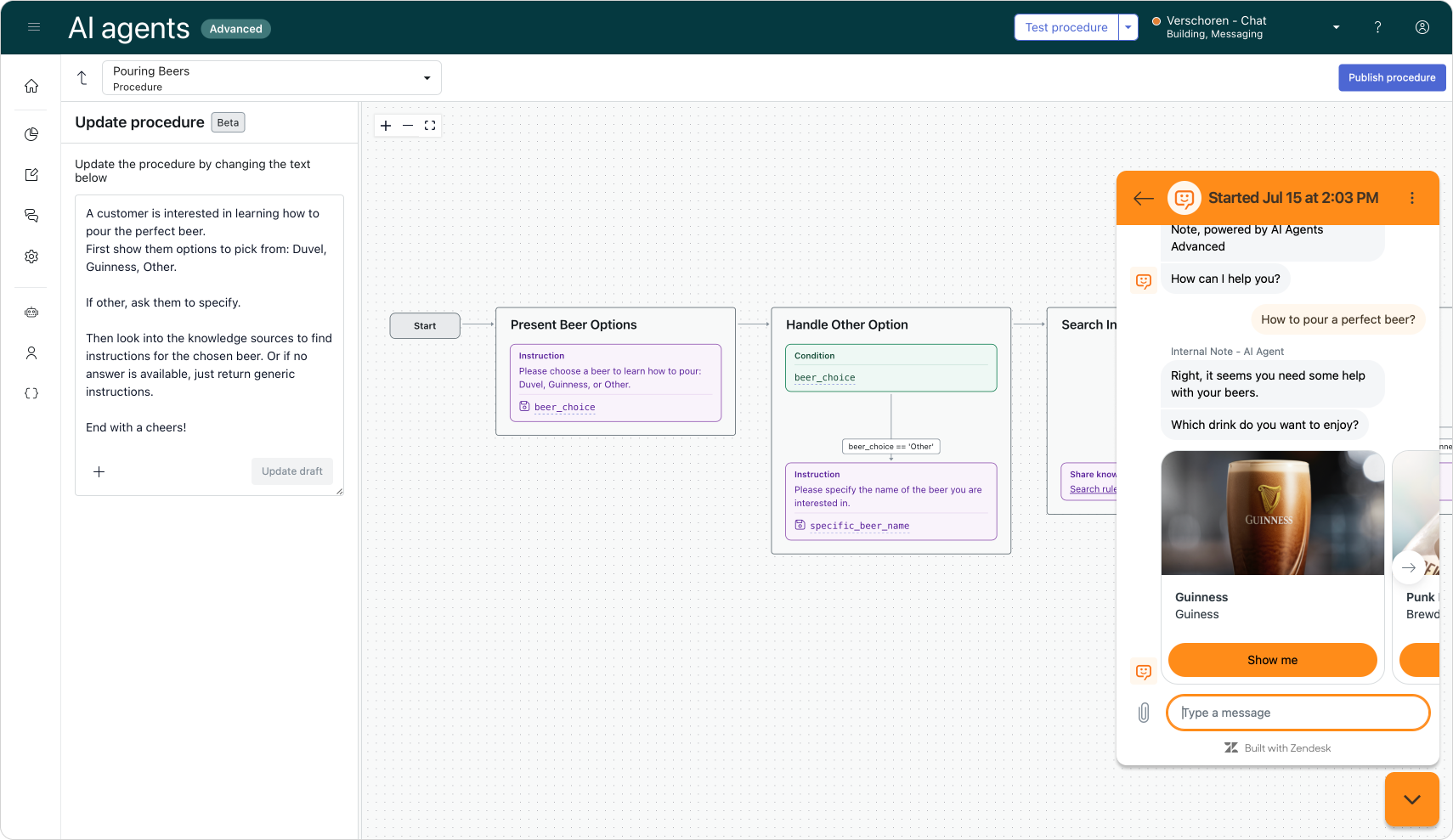
Why This Works
Where generative replies are basic answers pulled from a Help Center, these guided flows allow you to gather context before answering the question. They are often an evolution of generative responses. It's those questions that show up in your analytics as requiring multiple answers and lower CSAT.
By adding a use case (which Zendesk also conveniently suggests these days for repeated scenarios), you can intercept these questions, add a bit of context gathering, and then respond with a single right answer for the customers' context.
They're perfect for those medium-complexity tickets that require insight. And if the provided context fails to be answered with knowledge, the agent gets the full context upon escalation.
How to Implement
Procedures and use cases are part of AI Agent Advanced. I recommend deploying these after you've got your generative AI Agent running for a while, so you get insight in those topics that require a bit more context to be answered right.
Naturally, if you already know you need to know the hotel name, transport mode or product type in order to provide info on amenities, route guidance or update instructions to a customer, do create these use cases with procedural logic from the get go!
Additional Information
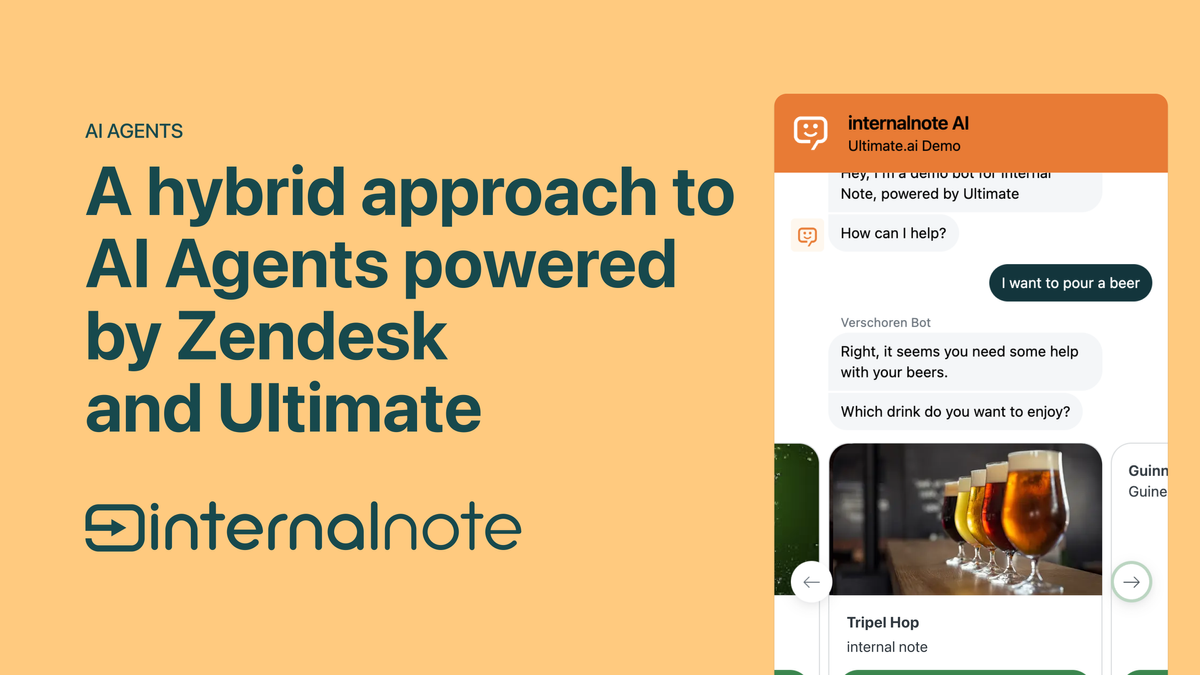
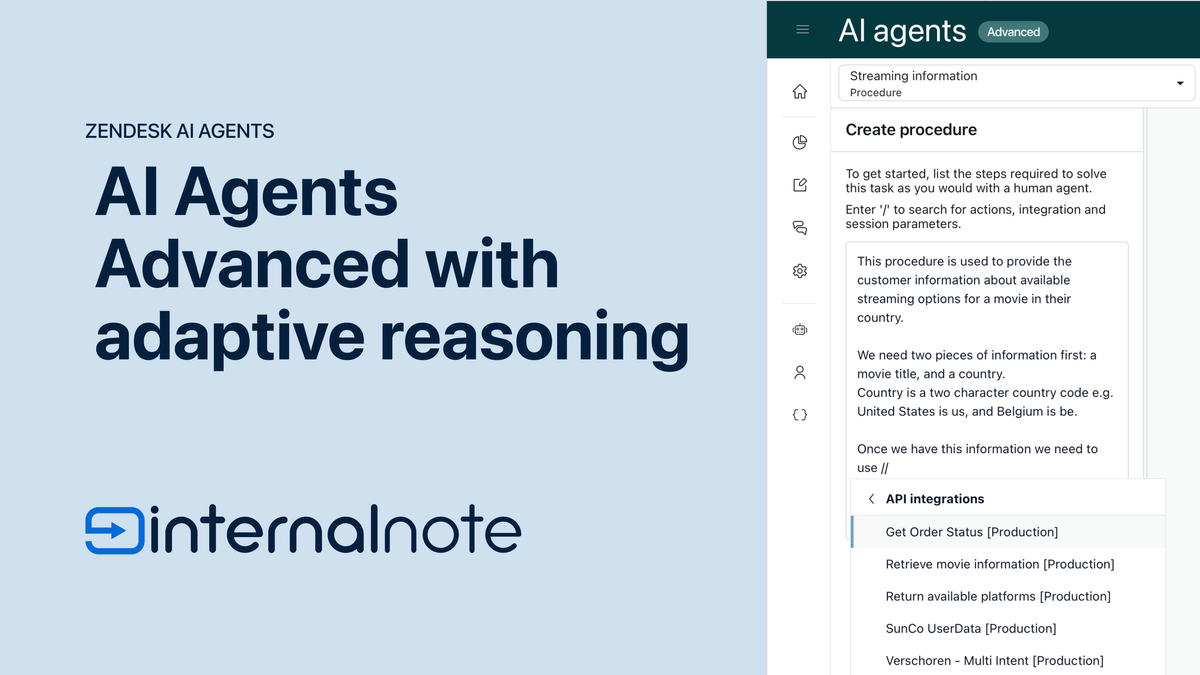
Connected Conversations
High-Complexity Automation with AI Agent and API Procedures
Scenario
So far we've only addresses conversations that can be resolved with static information. Any customer that asks about opening hours gets the same answer, and similarly users that want to know about replacing paper in a printer will also need the same information.
But what if a customer reaches out to for one of the following questions:
- “Check the status of my order”
- “Change my delivery address”
These aren’t something we can solve with a Help Center article or a flow alone. The answers live in your backend systems — your CRM, order platform, or logistics provider.
Solution
Within AI Agent Advanced, we can expand our procedures and use actions to create fully automated, API-powered procedures that allow the AI Agent to handle these complex conversations end to end.
Here’s how it works:
- The AI recognizes the use case (e.g. order status check)
- It triggers a procedure that guides the customer through the flow
- Within that flow are steps that reach out to external APIs (e.g. your eCommerce platform)
- The procedure fetches a customers' order data in real time, formats the result, and replies to the customer.
- If needed, it can also change items, like submitting a delivery change or creating a follow-up ticket
These procedures turn your "chatbot" into Agentic AI that can access, process, and act on live business data.
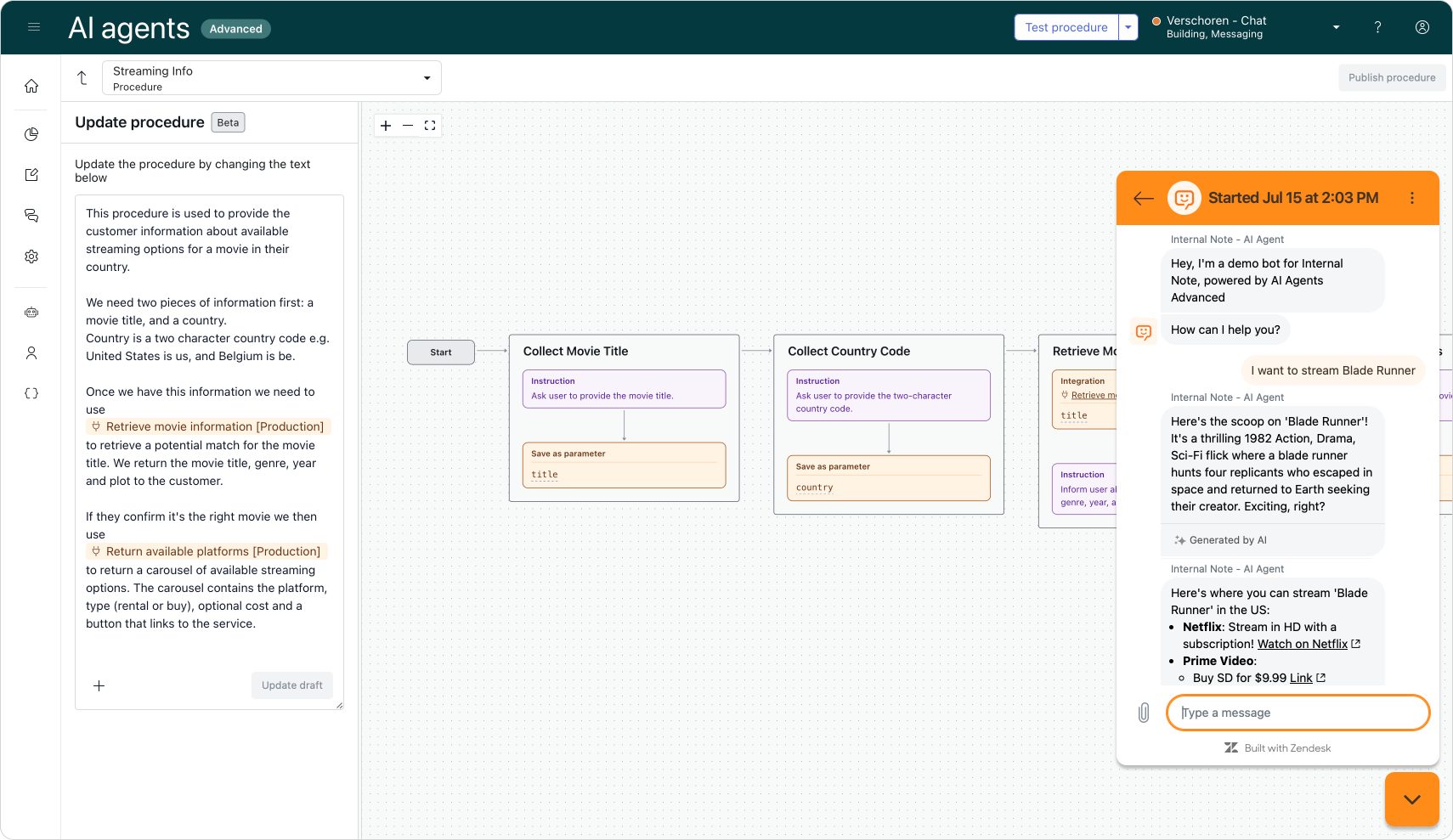
Why This Works
These third types of conversations are conversations that require unique answers for each customer. They require a highly personal response that knows about the customer and can interact with your backend systems.
They often require a higher complexity to automate, but once deployed take away big chunks of work for your agents. Cause even though the order status for each customer is unique, the steps taken to get that information are repetitive and identical across customers. By automating these flows, we remove these tickets from your agents' queue, leaving yet again more time to focus on the tickets agents are actually needed. Those where the order got lost, the package damaged, or the flight overbooked.
Similar to the generative and procedural interactions before, here too customers get real-time execution, directly inside the conversation, that scales operational workflows without human intervention. That big rise of tickets inquiring about delivery status right after Prime Day is now automated!
These use cases move beyond scripted answers. You’re building domain-specific intelligence into your AI Agent — making it a true connected layer between your business systems and your customers.
But important, you're still in control. You might for example automate a refund process, but can instruct the AI Agent to escalate any refunds over 250$ to agents.
How to Implement
Enabling procedures with API Actions is once again part of Zendesk AI Agent Advanced.
The procedures in our guided flows ended with asking for an order number and explaining the customer where to find the status of their order. But by adding API Actions to the platform we can go one step further. We can use that order number to look it up via API in our order system, and return the status right there and then.
However, while these connected conversations assist in automating time consuming and complex flows, they are also more complex to setup. You need your developer team on board to configure the API configurations in your AI Agents' dashboard. You might even need to built the API endpoints first.
And similarly, you need to know your process end-to-end before you can decide to automate it. So if you decide to go the route of connected conversations there's a single rule to keep in mind:
Does the time your agents spend justify the cost of automating it?
You probably won't deploy these API powered procedures for every use case. But for those few high frequency topics, it might be worth investing in API endpoints and automating those interactions. You'll give your customers faster answers, and free up time for your agents.
Additional Information
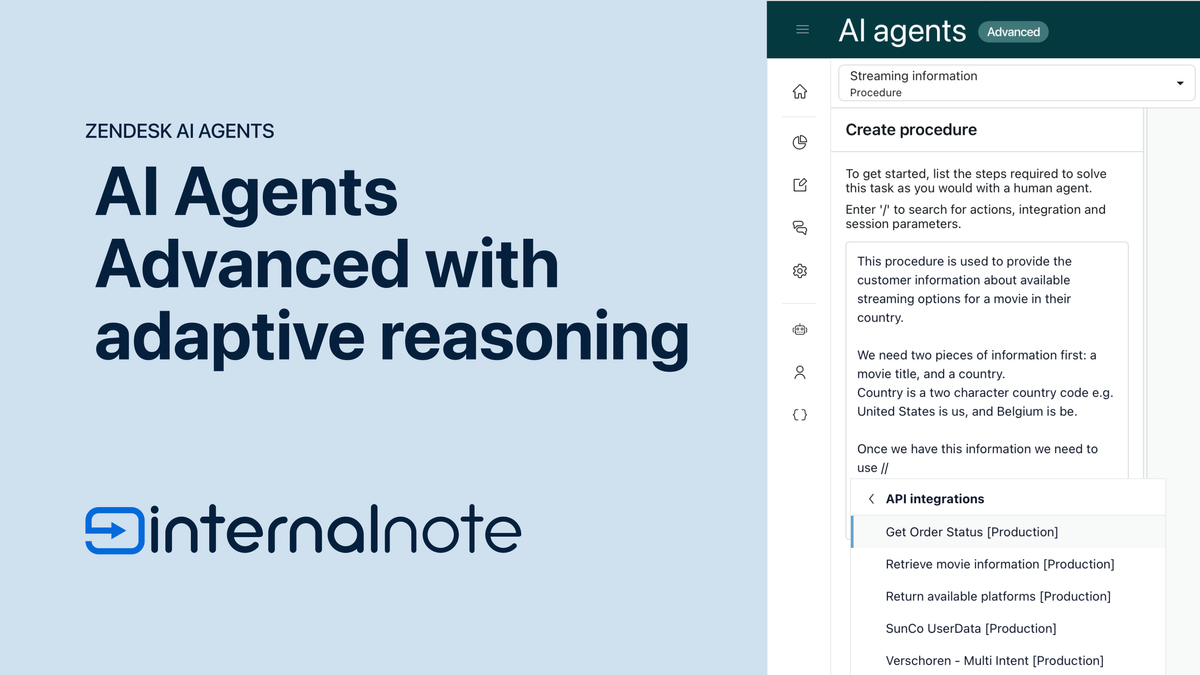
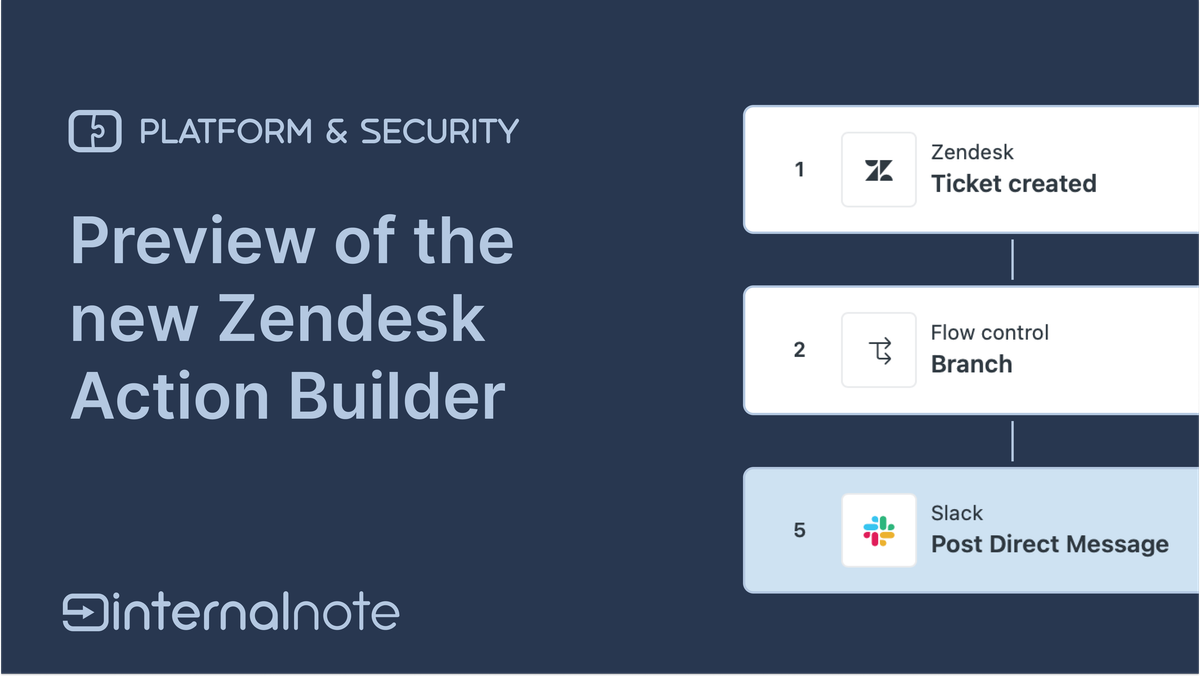
Strategic Tickets
Human-Led, AI-Supported Value Conversations
Scenario
So far we've removed 3 big types of inquiries. We've answered the easy questions with generative replies. We've leveraged procedures to guide customers towards answers in more complex scenarios. And we've used connected conversations with APIs to offer unique and personal answers to popular questions.
This leaves us with the fourth type of ticket. The unique, complex and valuable conversations that can't be automated or trusted to machines alone.
A long-term customer reaches out, unhappy with recent service. Or: a VIP wants a custom offer before placing a major order. These are tickets where tone, context, and business judgment matter.
And to be honest, these are the conversations that are often key to your organization. A retail store wants to sell product. So helping customers pick the right item and delight them is what your team is there for. A hotel wants to give their guests a great experience. So resolving those unique requests can make the difference between a wonderful stay, or a night in hell.
Solution
By removing all the "easy" question and by investing in turning process into use cases and procedures, you're giving agents time to handle the inquiries that aren't easy to automate and create value for you and your customers.
For those interactions we should let agents take the lead — but give them AI-powered tools to act faster and smarter.
This is where Agent Copilot comes into play. It injects AI into Agent Workspace and helps again with suggested replies that can be edited before sending, guide agents through procedures which trigger next steps like applying discounts, open escalation tickets, or simply add metadata and categorization to your tickets.
Agent Copilot allows agents to do what they do well. Drive customer satisfaction, help with the most complex and valuable conversations, while helping them throughout the process by offering context and automating as much of the busy work as possible.
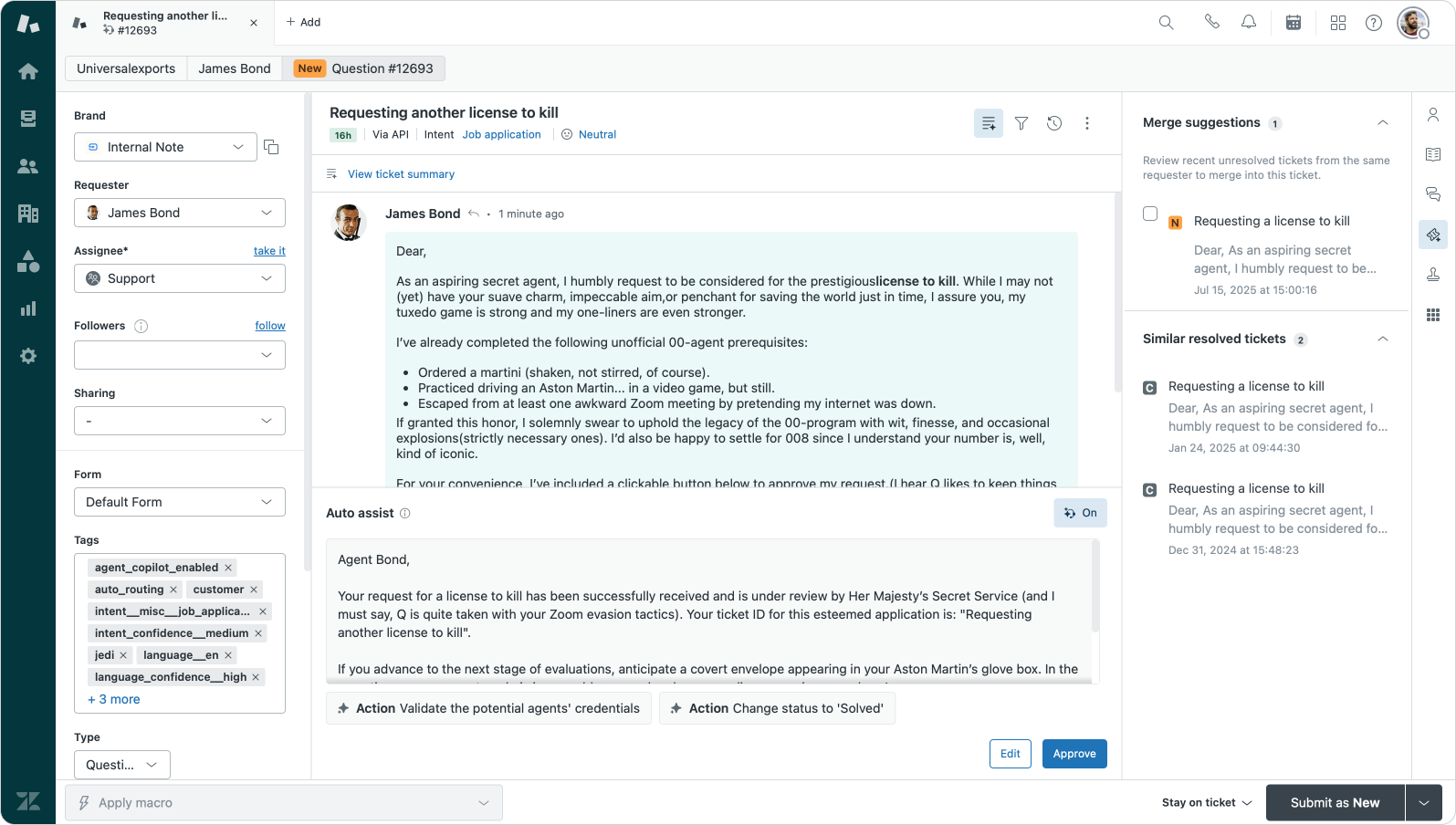
Why This Works
Giving your agents more time to handle tickets is an obvious benefit of the removing as much tickets from their queue as possible.
But when a conversation does get escalated to them, we can leverage Agent Copilot to make their job as easy as possible. Not every agent might know every company process inside out. So having a Copilot suggesting next steps gives them insight in the next steps automatically.
Similarly we can automate interactions with your backend systems, leveraging those same API endpoints your AI Agent uses. This way the Copilot can modify customer data, create orders or process refunds with the click of a button.
And most important, it's your team talking to those customers. It protects revenue and brand reputation, and builds trust through high-quality agent interactions.
It gives agents superpowers without taking away control of the conversation.
How to Implement
For this you will obviously need Agent Copilot enabled on your instance.
You can start with the easy gains by enabling summarization, intent detection and offering agents insights in similar tickets with its merge suggestions.
Next you can enable suggested replies which will pull from your ticket history to answer customer questions, while keeping an eye out for those actions that cost your agents time and distract them from the conversation.
To wrap up the Agent Copilot deployment we can start creating procedures that define all actions the agent and copilot should take to resolve a specific use cases. You can look at reusing those API actions and adding them into the procedures to automate even more of the process.
The key here is that this is an iterative process. You start with easy elements like listing the context needed to get the agent started. Most of it should already been collected by your AI Agent, but this way you can start with the right data.
Next is defining the next steps and adding logic to differentiate between e.g. a refund or giving store credit. And next you start adding those API actions. Each iteration removes agent work and adds another level of automation.
And in parallel to that we can leverage the intents to route tickets to the right agent by leveraging skill-based routing and intent based queues.
Additional Information
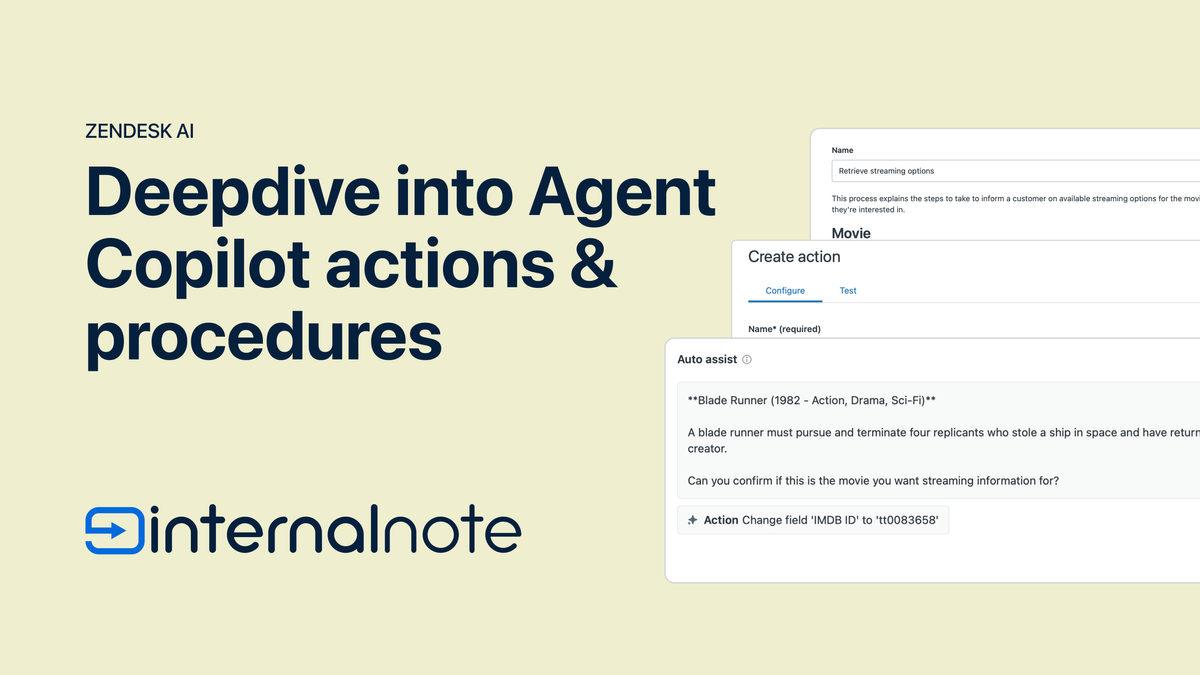
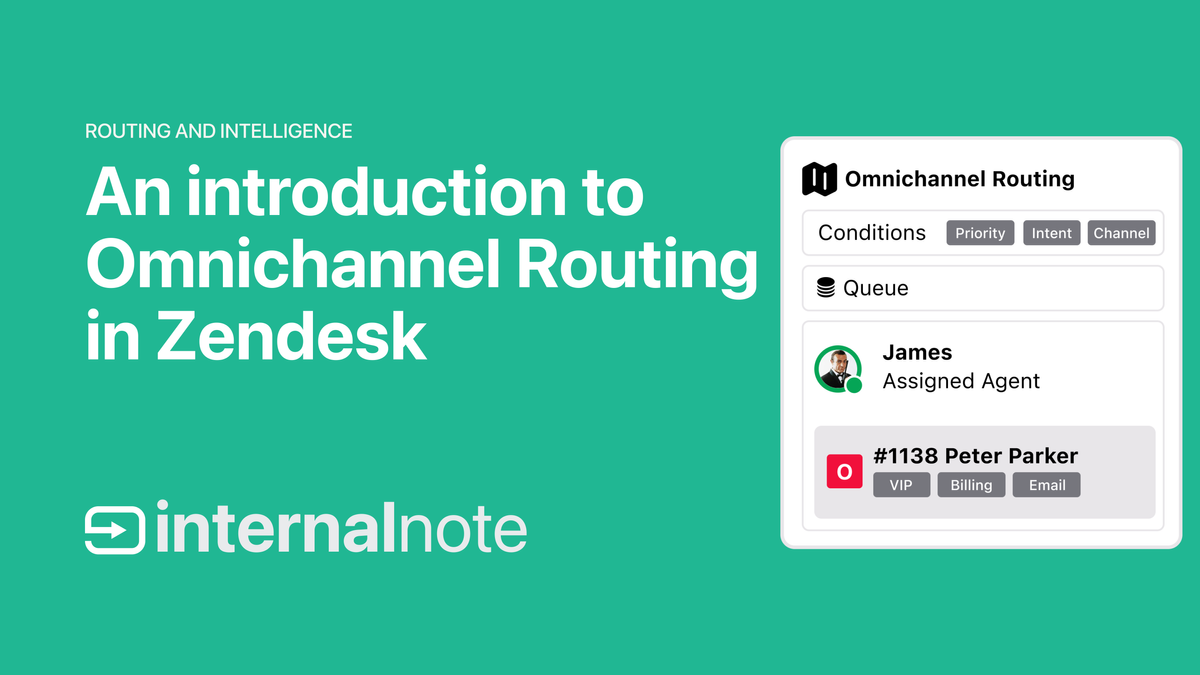
Matching Effort to Impact
As you've seen in this article, support conversations aren’t one-size-fits-all. The real power of Zendesk comes from knowing what to automate, what to guide, and where to let agents shine.
By mapping each ticket type to its complexity and business value, you can:
- Reduce agent workload by eliminating repetitive work
- Improve consistency and speed with guided flows and automation
- Elevate the most important conversations with the right context and tools
- Turn your support org from a cost center into a value driver
Think of it as a value vs. complexity matrix — your automation strategy lives in the sweet spot where the effort to automate is low, and the payoff is high. But even high-complexity tickets can be worth the investment when they carry real business impact.
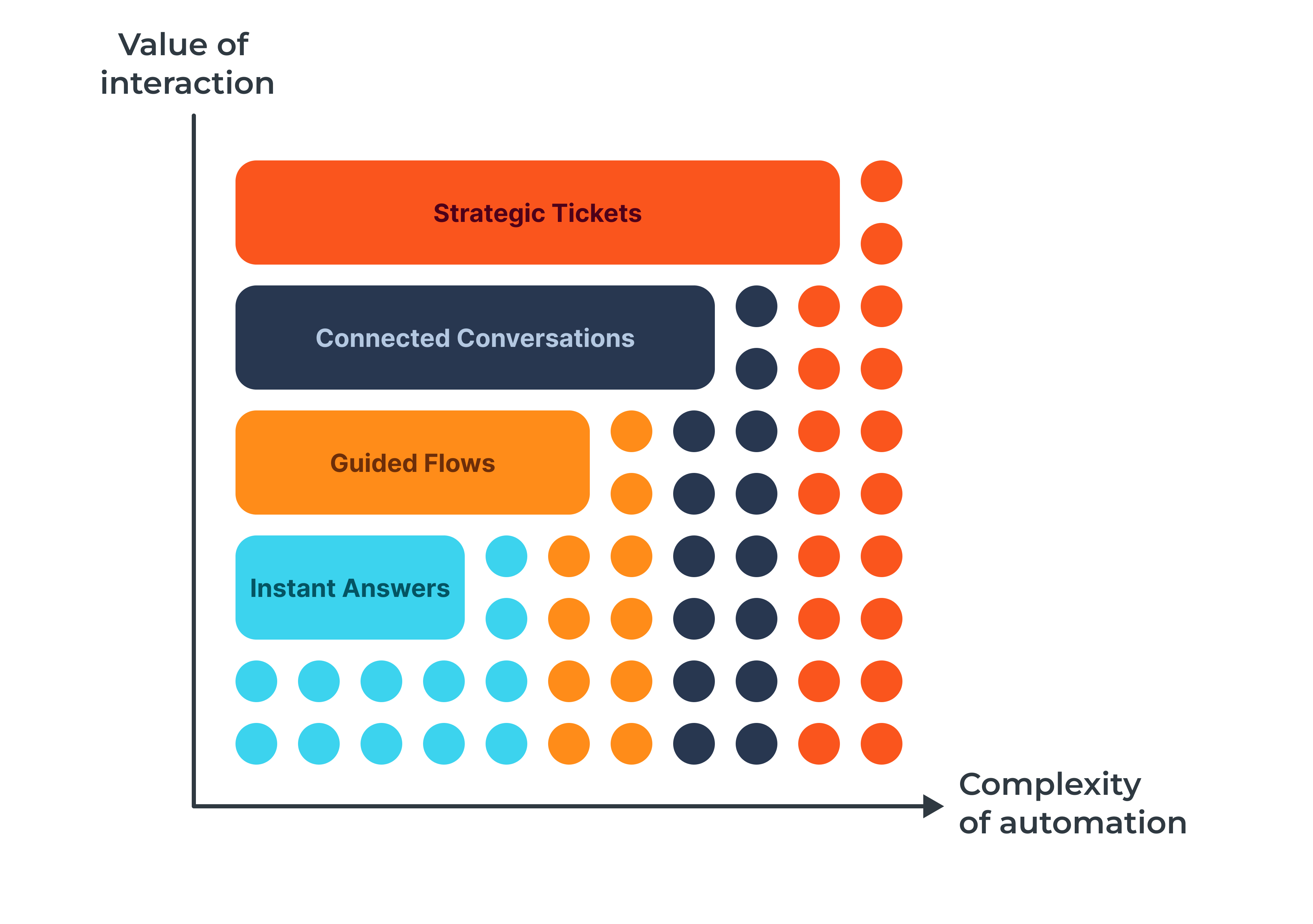
Or, if we turn this graph into a more actionable overview:
| Ticket Type | Example | Automation Complexity | Business Value | Best Tool(s) |
|---|---|---|---|---|
| Instant Answer | “What are your opening hours?” | Low | Low | AI Agent (Generative Replies) |
| Guided Flow | “I want to return a product” | Medium | Medium | AI Agent Advanced (Procedures) |
| Connected Conversation | “Where’s my order?” | High | Medium–High | AI Agent Advanced (Procedures & API) |
| Strategic Ticket | “I’m considering cancelling my account” | High | Very High | Agent Copilot, Intelligent Triage |
Final Thought
Enabling AI Agents and Agent Copilot in your Zendesk isn’t about replacing humans — it’s about elevating them. Zendesk gives you the building blocks to scale smarter, automate confidently, and create value in every conversation.
By automating interactions and removing tickets from agents' queues you can free up time for your agents. It's an opportunity to let them shine, and not an opportunity to cut them loose.
Any company that uses AI to drop its workforce is a company that has run out of ideas. - Trevor Noah at Relate2025 quoting Nvidia CEO Jensen Huanga
Ready to get started?
Then your next step is to pick one ticket from your own queue — and begin mapping it to the right layer of the Zendesk stack.











